“I hate you like I love you” might sound like a complex relationship equation, but is a reality of ambivalent attachment style. Ambivalent, that is, mixed attachment of love brings a sense of giving fully to the relationship one moment and then becoming totally ignorant about it the next moment. You could also call this ambivalent anxious attachment style or dismissive avoidant attachment.
This means when the partner is away, ambivalently attached individuals get highly anxious and upset; and when the partner is with them, they are irritable and cranky. Due to their ambivalent frame of mind, they are neither fully committed to their partner, nor able to develop an everlasting bond with them.
Due to these reasons, they are never able to live the moment with the partner peacefully. For ‘normal’ partners, such individuals could bring a toxic influence, eroding the quality and future of a romantic relationship. It becomes a perpetually push-pull relationship.
But why does it affect some couples and hamper their quality of life with relationship fatigue? How can adults actually trace out the origins of ambivalent attachment style and its toxic harm to their relationship? To answer all these questions, we have to first understand the origins of attachment theory.

What Is Ambivalent Attachment Style?
Table of Contents
Strange as it may sound, an ambivalent attachment style in adults starts showing its symptoms right from the human infancy stage.
If a baby feels extremely upset and disturbed when the mother leaves him/her away and is not easily consoled by her return, then this is the root cause of an ambivalently attached personality.
In other words, a child’s connection with the primary caregiver determines the way he/she behaves in adult relationships. That’s is where the ambivalent attachment psychology takes off.
The concept was given by a British psychologist, John Bowlby, who believed that a warm, close relationship with the mother makes a baby secure. He equated this maternal bond with basic baby needs like regular feeding and oxygen. According to him, this emotional security is the key to how a baby would respond in a social setup.
So, secure babies are happy and contented, even when the primary caretaker leaves them for household chores or employment. Ambivalently attached babies, on the other hand, may feel ignored in the parent/s absence and as a result, become cranky and aggressive with unbalanced emotions.
Such infants grow up to be insecure teenagers who cannot trust their parents/caregivers in situations of fear and danger. They fail to open up to their parents and struggle with their teenage challenges, like bullying, all alone.
The pattern continues when an ambivalent youngster tends to channel this blocked rage through unwanted tantrums and inconsistent bouts of anger. They lack boundaries in close relationships and grow up to be adults who are closely guarded in a romantic relationship.
Ambivalent adults are 24×7 anxious about their relationship and have issues with closeness and intimacy. They suffer from trust issues and might reflect extreme behaviour of self-importance in a marriage. Either they stay aloof from the partner or become over-dependent on them.
After understanding the concept, you must be agreeing that being in an ambivalent couple relationship is an uphill task that drains a lot of energy and takes a lot of effort. It may take months or years to actually identify whether your partner follows ambivalent attachment or not. But if you notice, there are certain signs that hint at it, as below.
Related Reading: 11 Signs You Are In A Codependent Marriage
Signs Your Partner Is Ambivalently Attached
Mysterious, brooding, charming, untameable or indifferent – ambivalently attached partners display a spectrum of human emotions in their daily conduct. Such variations make it difficult for the partners to identify their ‘real self’.
Still, there are certain signs of an ambivalent attachment style personality that can be observed and understood for better understanding.
1. Show off their “I don’t care” attitude
The person with an ambivalent attachment style inherits this key expression from his/her parents. According to them, since s/he didn’t get the proper attention in the childhood; they prefer to keep themselves guarded to avoid any rejection. They can be extremely selfish boyfriends or girlfriends in a relationship.
Also, they refrain from investing a lot of themselves in any relationship, be it a friendship or a romantic affair. All they care about in this world is ‘I, Me, and Myself.’ They carry a mystery around them by being ‘solo’ and that’s what makes them charming and attractive to the opposite sex.
2. They like their ‘own’ company
They prefer to be ‘alone’ than being in company. Their partners might confuse them as ‘introverts’, but hey! That’s not the case. Introvert partners actually open up and bond with their dates greatly.
An individual with ambivalent attachment style, in contrast, avoids spending time even with their date and keeps their ‘me-time’ guarded.

In other words, they are loners who don’t have any desire to communicate or share their experiences, with friends or partner.
3. Charm the partner with small talk, but lack depth
Individuals with ambivalent attachment style are charming conversers. They are the masters of short conversations and know how to break the ice easily.
But after a certain time, they may sound shallow and superficial. But this is their way to guard their inner emotional self and avoid in-depth conversations.
In fact, if you ask them deep relationship questions they might refuse to answer and channelise the conversation in a different direction.
4. Clingy and insecure as partners
Their romantic relationships suffer from imbalance, confusions and insecurities. Though they are themselves not 100% into the relationship, they expect constant reassurance of your 100% commitment.
They may keep a close eye on you via phone calls or instant text messages. They may even get nervous when you don’t respond instantly. So, possessiveness as a partner is a sure sign of an anxiously attached individual.
They are so clingy in a relationship that it can get really claustrophobic for their partners to carry on in this ambivalent attachment style.
Related Reading: 12 Signs Of A Control Freak – Can You Identify With Them?
5. Deny to offer and take help
Tackling childhood’s challenges has prepared them to take on worldly challenges ‘alone’. So, neither they expect any help from their partners, nor commit to it. If their partners expect some help, then this goes truly against what they believe and might irritate them completely.
In all probabilities they had toxic parents who never helped them out when they needed it or came forward with any kind of emotional support.
They continue with this pattern in their own relationships.
6. Your need to be near them is irritating
‘No strings attached’ relationships make real sense to a person with an ambivalent attachment style. They value their needs and are totally oblivious to their partner’s needs or wants in a relationship.
In fact, they find it annoying and needless if their partner seeks their company regularly. If he/she reacts emotionally to it, they remain indifferent to it.
So emotionally, ambivalently attached partners are not only unavailable, but also block empathy in their intimate relationships.
7. Constantly tag you as an ’emotional’ soul
If you are constantly ridiculed for your emotions by your partner, then it is likely that s/he is an ambivalent attachment style personality.
S/he has mastered control over emotions and believes that there is no need to be overly emotional in life. S/he may even tag ‘being emotional’ as an attention-seeking tactic.
They might claim to not have any emotion but they do get jealous, possessive and when you point that out they would deny it.

8. Have strange parental relationship
Ambivalently attachment personalities share a strained relationship with their parents, due to intense anxiety in their childhood.
As adults, they act reclusive to their parents. With two opposite energies pitted against each other, their interactions are naturally awkward and tense.
But this strained relationship could be a key sign to identify if you are dating an ambivalent attached individual.
9. Share unequal relationship dynamics
As they value their own needs first, they often come across as needy and clingy in the intimate relationships.
On the other hand, they devalue your emotional needs. So, this unequal relationship dynamics are a prerequisite for ambivalently attached companionship.
The power balance in an ambivalent attachment style relationship is never in the right place. Your partner always has more power on you.
Related Reading: 11 Warning Signs Of A Toxic Relationship
How Does Ambivalent Style Attachment Harm A Relationship?
Characterised by negativities and anxiety, an ambivalent love attachment is a complete recipe for disaster. Instead of real love, emotional hunger and desperation is the driving force for such an unequal relationship. Since it’s so ingrained in childhood it’s hard to fix an ambivalent attachment style relationship.
S/he might think that romance is the only way with which they can be rescued from toxic influences of life. They see their partners as saviours who complete their existence in life and bring security, safety and stability to their life.
But in this process, they forget that romantic relationships are based on mutual trust, but for them it is narcissism. Ignoring the needs of a partner may lead to a lot of dissent in him/her and can lead to painful breakups.
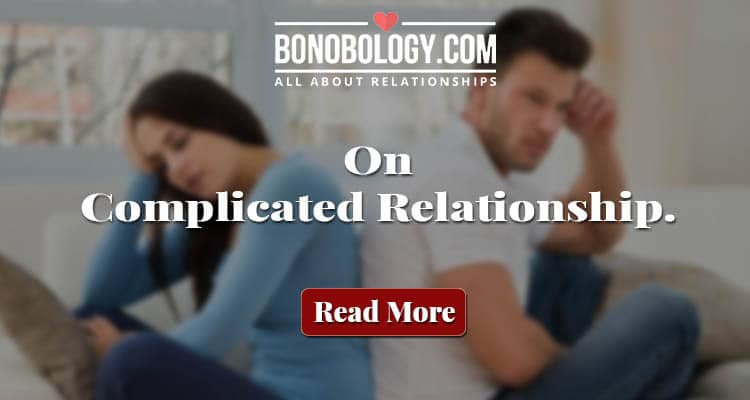
Coping Tips After Being In An Ambivalent Attachment Style Relationship
Ambivalent attachment relationships are draining and toxic in every way. If you recognise yourself to be in a relationship with an ambivalent attached individual, then the following coping tips can help you overcome the negativities and safeguard your interests.
It is not possible to fix an ambivalent attachment style but you can develop a coping mechanism that wouldn’t bring you so much stress.
1. Don’t try to change them
An ambivalent attached personality is continuously grappling with their anxieties and insecurities that go back to his/her childhood. Since that time, they are running away from situations and finding an escape route from their misery.
Their emotional instability and challenges make a romantic relationship really difficult. If you force them to change their psychological patterns, then this might disrupt their functioning further and bring them a sense of guilt and shame.
So, if you really love them, give them time to come to terms with their relationship attachment anxieties and support them in this journey of healing and recovery.
2.Communicate how this ‘one-sided’ relationship is affecting you
Individuals with ambivalent attachment lifestyles bring a lot of relationship baggage to their romantic partners. So, as a person dating a sufferer, you must inform him/her about how their behaviours and emotional needs are affecting you on the whole.
How it has depleted you from within and made you feel unloved and ignored. Try this out to see if this can end your relationship woes. It is a tough call, but if possible, try a professional consultation and support them in their emotional healing.
Before you begin, here is a piece of advice – this is a tough phase to be in. If you are feeling depleted from within due to toxic anxious influences and s/he is not ready to change or undergo any psychological consultations, then don’t get into any unwanted complications.
After all, you also have a right to be in an equal and healthy relationship.

3. Keep their defense mechanisms in mind
Ambivalent attached personalities have grown up with their so-called ‘comfort zone’. So, getting them to accept their personality flaw is a mammoth challenge. They might take it as your excuse to point out their character flaws and leave them ‘alone’.
To avoid such a misunderstanding, try and approach the topic with grace and tact. Begin a frank conversation with him/her, inform them about your observations and concerns in a tactful manner.
Don’t get opinionated and trigger unwanted reactions from him/her. Try to be neutral and emotionally balanced while talking ‘openly’ about your relationship flaw and think over the next steps mutually.
4. If you feel trapped, don’t hesitate to break-up
You have struggled a lot in identifying this toxic anxiety driven relationship pattern. Now, it is time to take a call on it.
Instead of being captive and suffering psychological and emotional abuse on a daily basis, here is your call to break a pattern of relationship miseries and difficulties.
If you feel bruised from within, then talk to your friends and support system. Go for a holiday detox, take your own time for healing.
5. Accept the truth – there is nothing to ‘save’ in your ambivalent attachment
If you were in a marriage with an ambivalently attached partner and tried all the coping mechanisms in your control, accept that some relationships are meant to end. Else, they may become more toxic and lethal in the long run. dismissive avoidant attachment
We all have a right to live in peace and dignity in our relationships, which is possible only when we have mutual satisfaction in our life.
Understanding, identifying and coping with toxic relationship patterns like ambivalent attachment style may not bring back the lost years, but can definitely save you from torment in the future. According to our Bonobology relationship counsellors, mutual satisfaction is the key to happy couples.
And if you don’t experience a rich quality of life, then you can definitely approach our panel of experts with your detailed problem and get a resolution from a neutral perspective.
8 Signs Of Covert Narcissist Hoovering And How You Should Respond
Your contribution does not constitute a charitable donation. It will allow Bonobology to continue bringing you new and up-to-date information in our pursuit of helping anyone in the world to learn how to do anything.



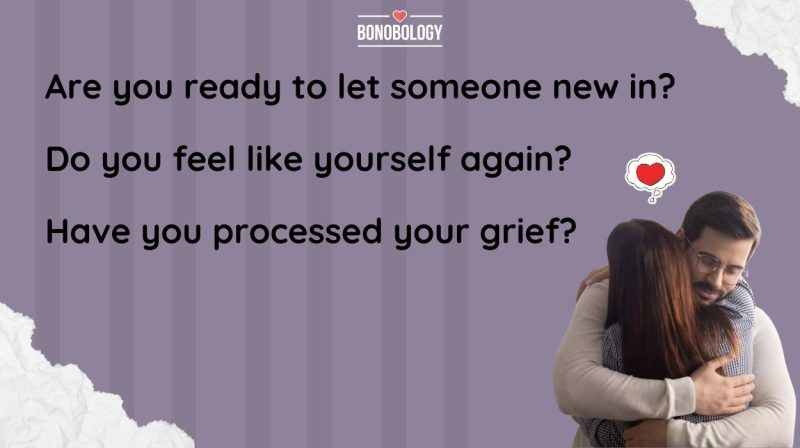
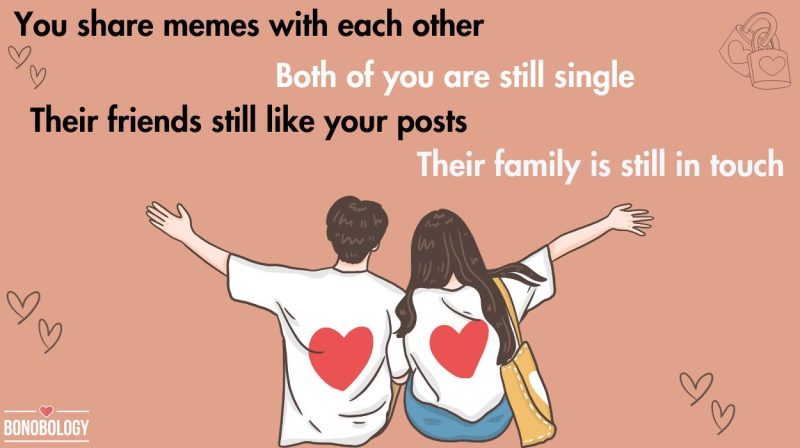
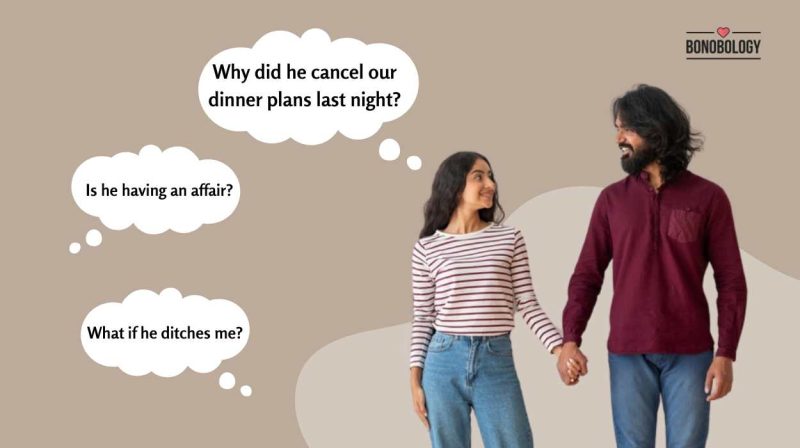

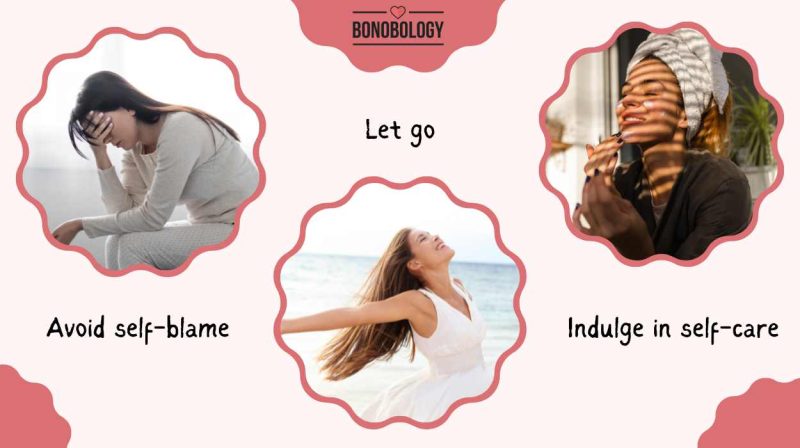
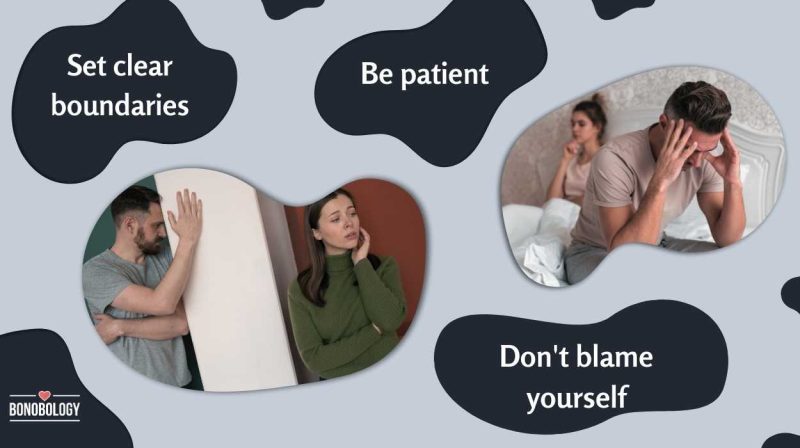
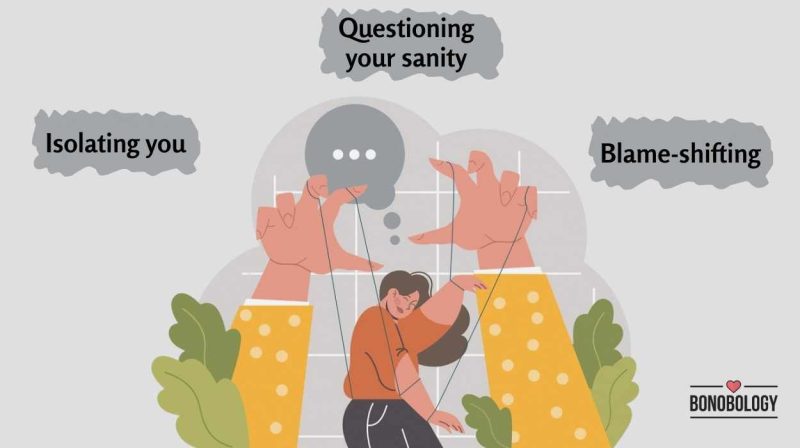
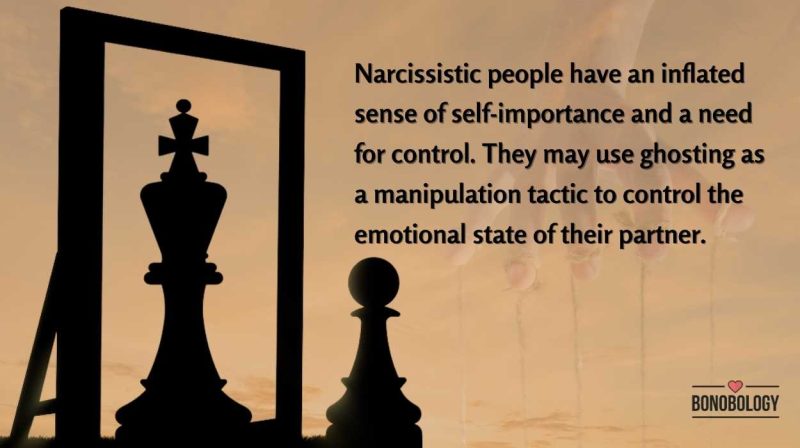
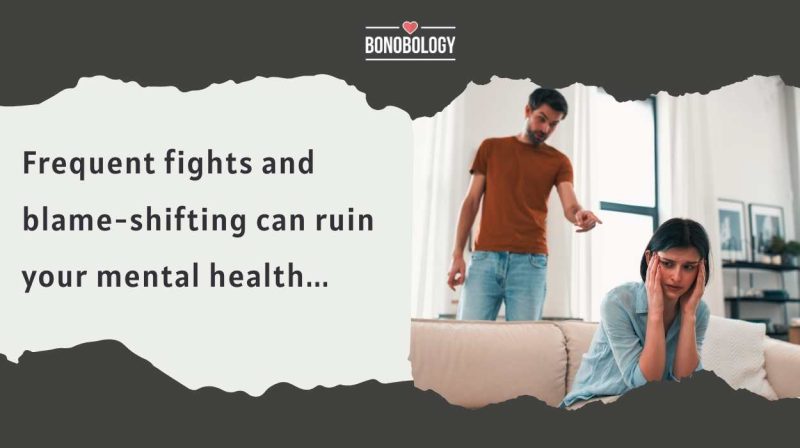
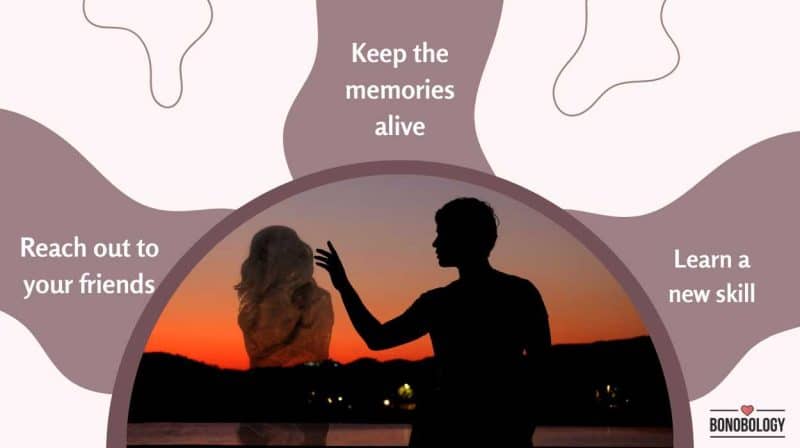


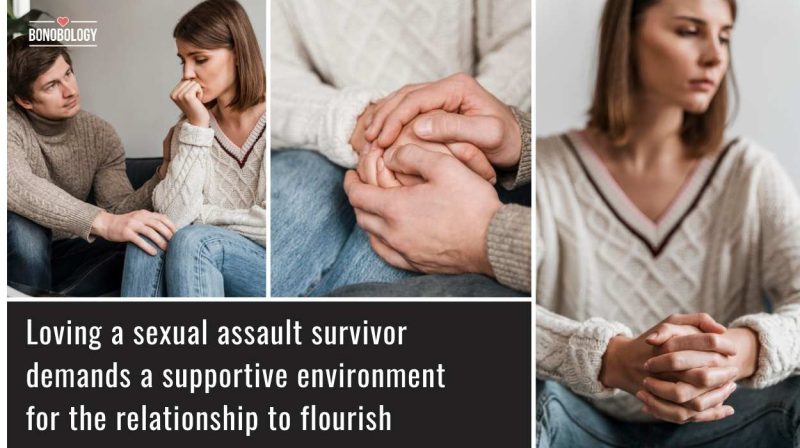
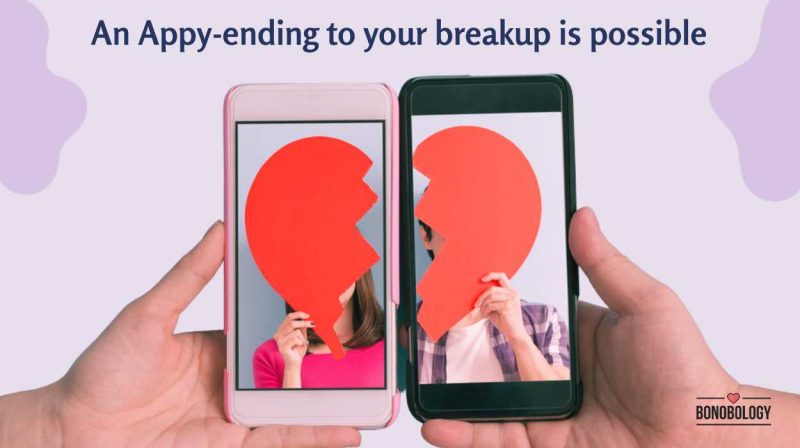
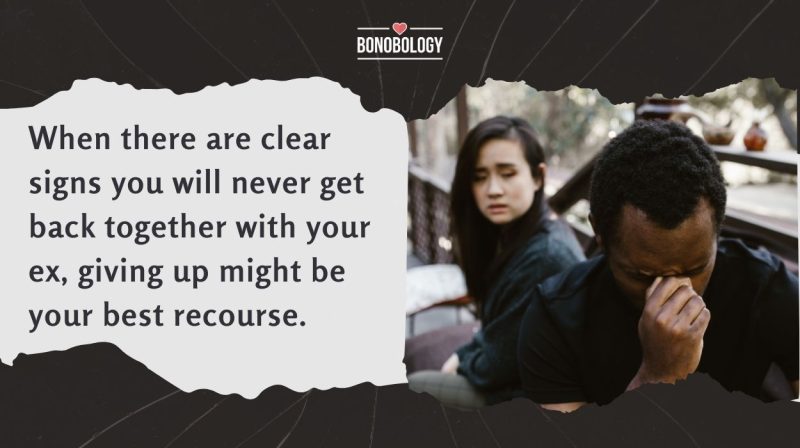
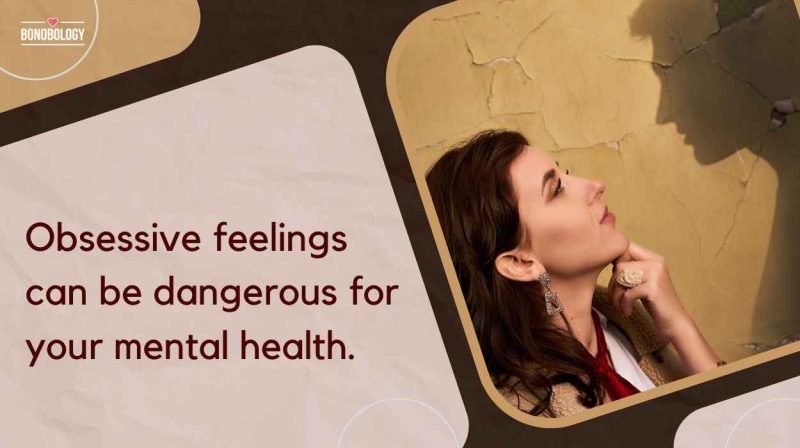
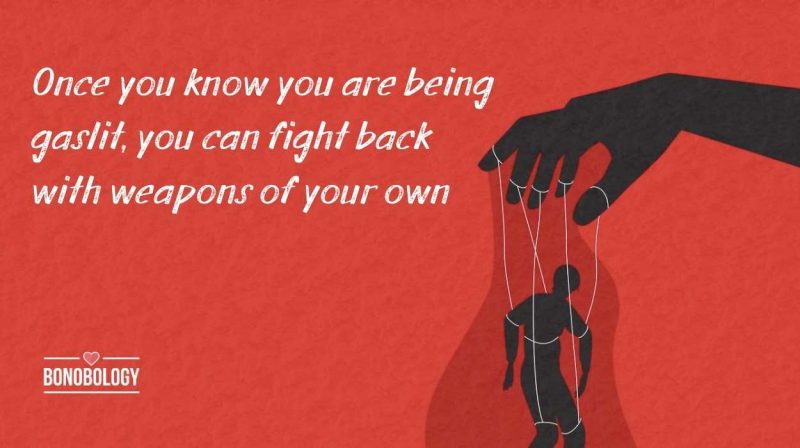
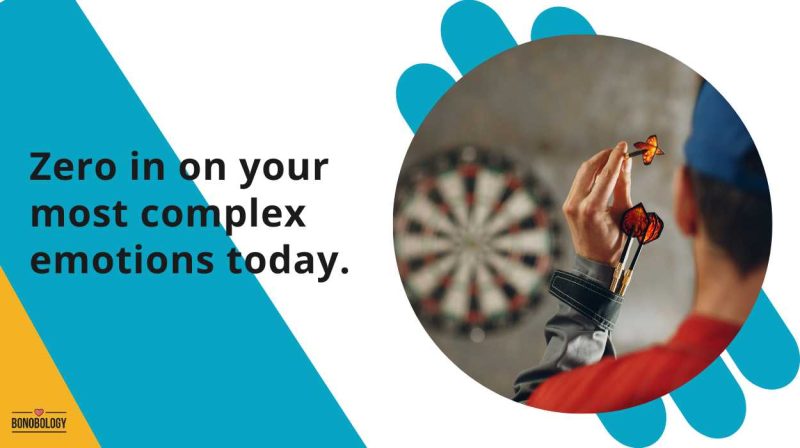

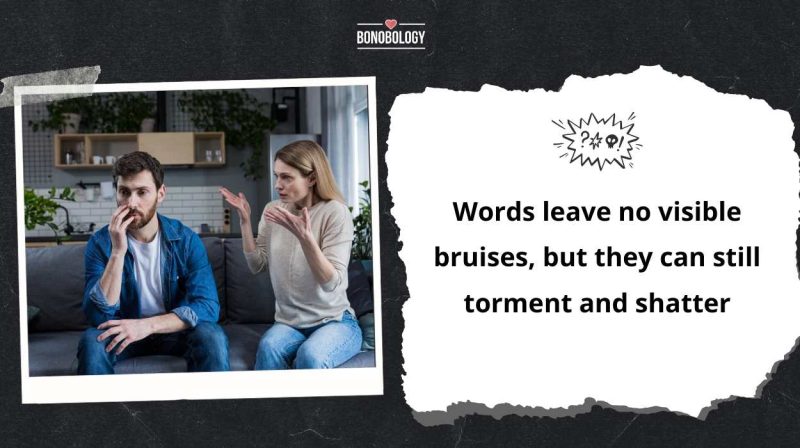
Featured
Am I Moving On Too Quickly After Death Of Spouse—How To Decide
15 Signs You’ll Get Back Together With Your Ex
How To Get Over Trust Issues — A Therapist Shares 9 Tips
Learn How To Forgive Yourself For Hurting Someone You Love
How To Find Peace After Being Cheated On — 9 Tips From A Therapist
How To Forgive A Cheating Husband: 15 Helpful Tips
35 Disturbing Signs Of Gaslighting In A Relationship
What Is Narcissistic Ghosting And How To Respond To It
‘My Husband Starts Fights And Then Blames Me’: Ways To Cope
How To Rebuild Your Life After The Death Of A Spouse: 11 Expert-Backed Tips
My Husband Died And I Want Him Back: Coping With Grief
“Am I Unlovable” – 9 Reasons You Feel This Way
11 Signs Your Girlfriend Was Sexually Abused In The Past And How To Help Her
Coping With Breakups: The Must-Have Breakup Apps For Your Phone
15 Signs You Are Wasting Your Time Trying To Get Your Ex Back
Why Are You Obsessed With Someone You Barely Know — 10 Possible Reasons
33 Phrases To Shut Down Gaslighting And Silence Gaslighters
The Emotion Wheel: What It Is And How To Use It To Build Better Relationships
The Role Of Supportive Relationships In Addiction Recovery
7 Signs You Have A Verbally Abusive Wife And 6 Things You Can Do About It